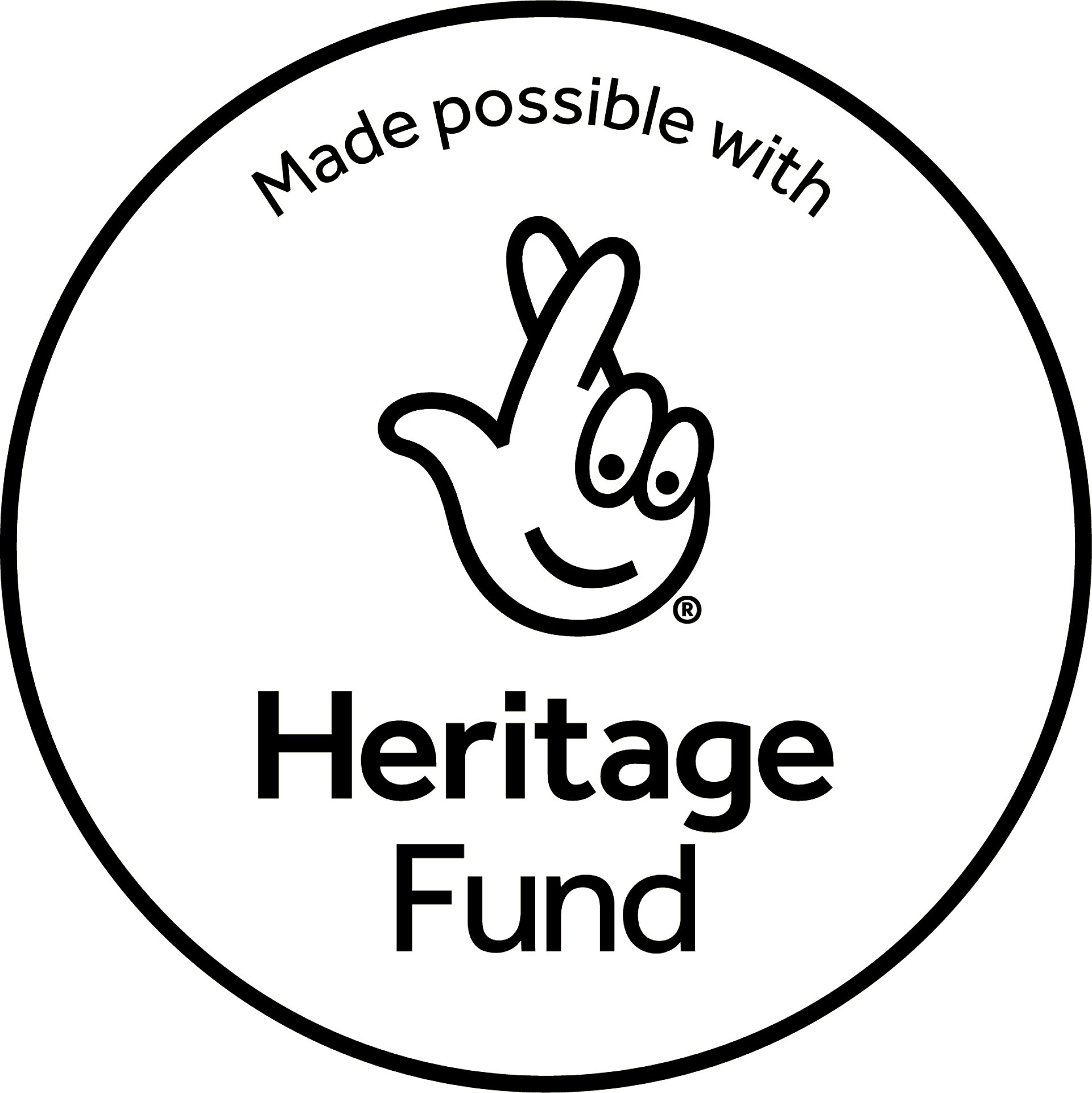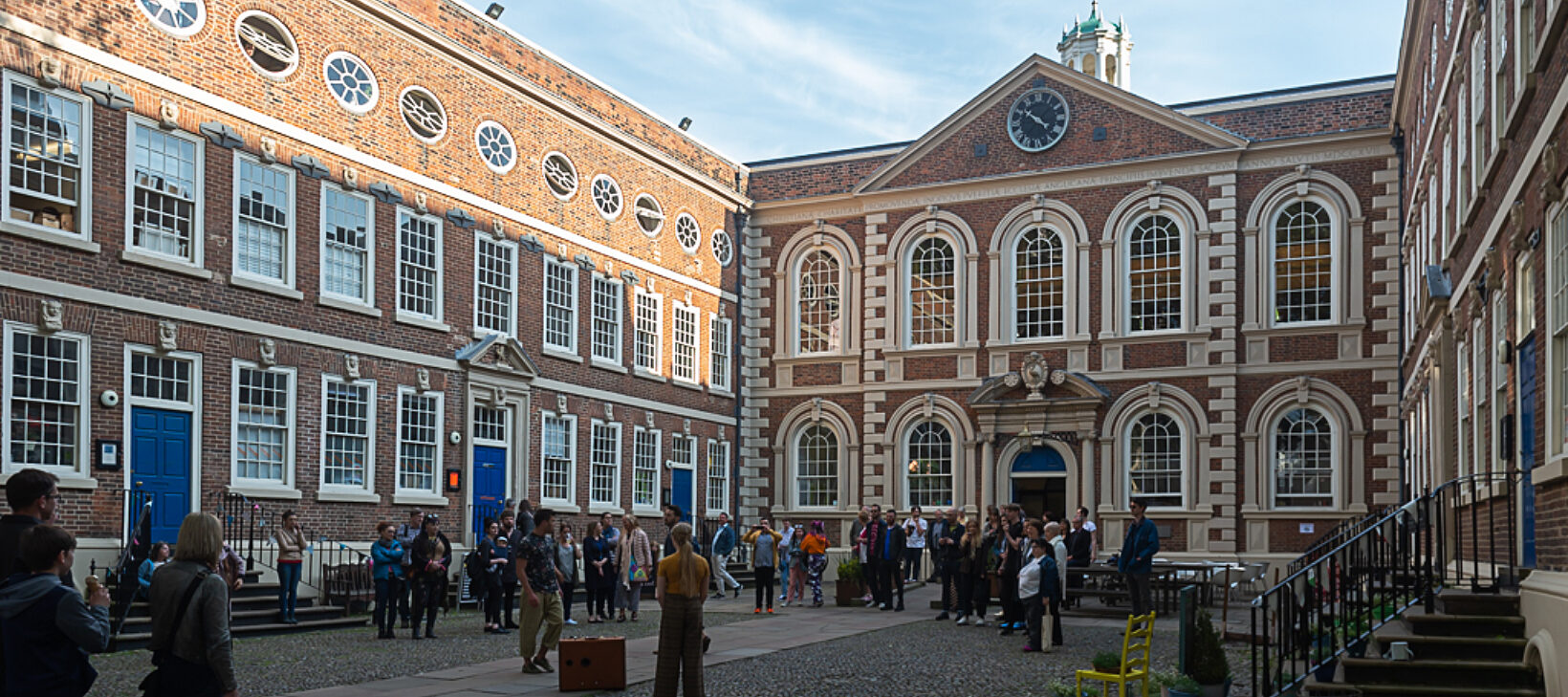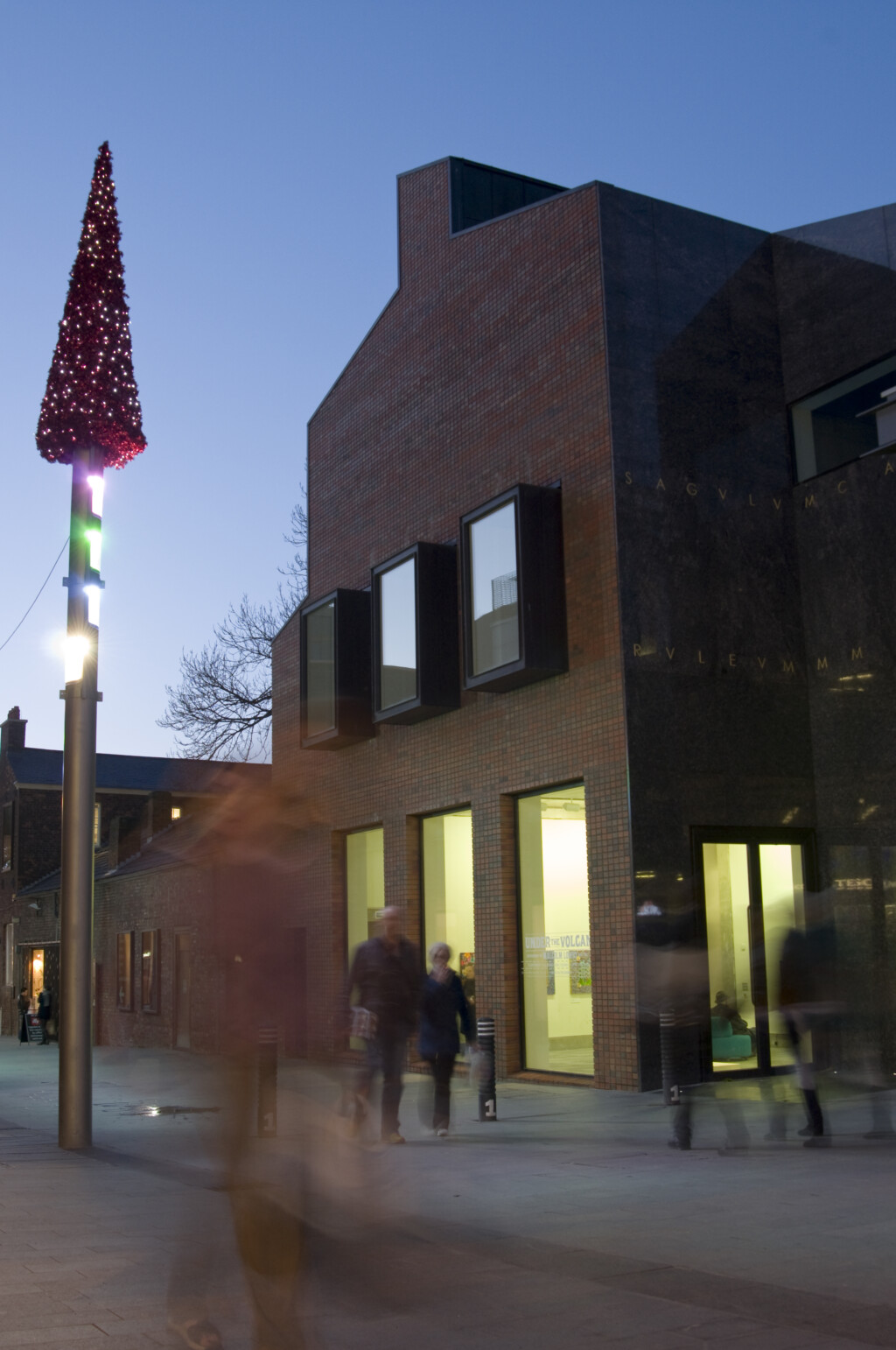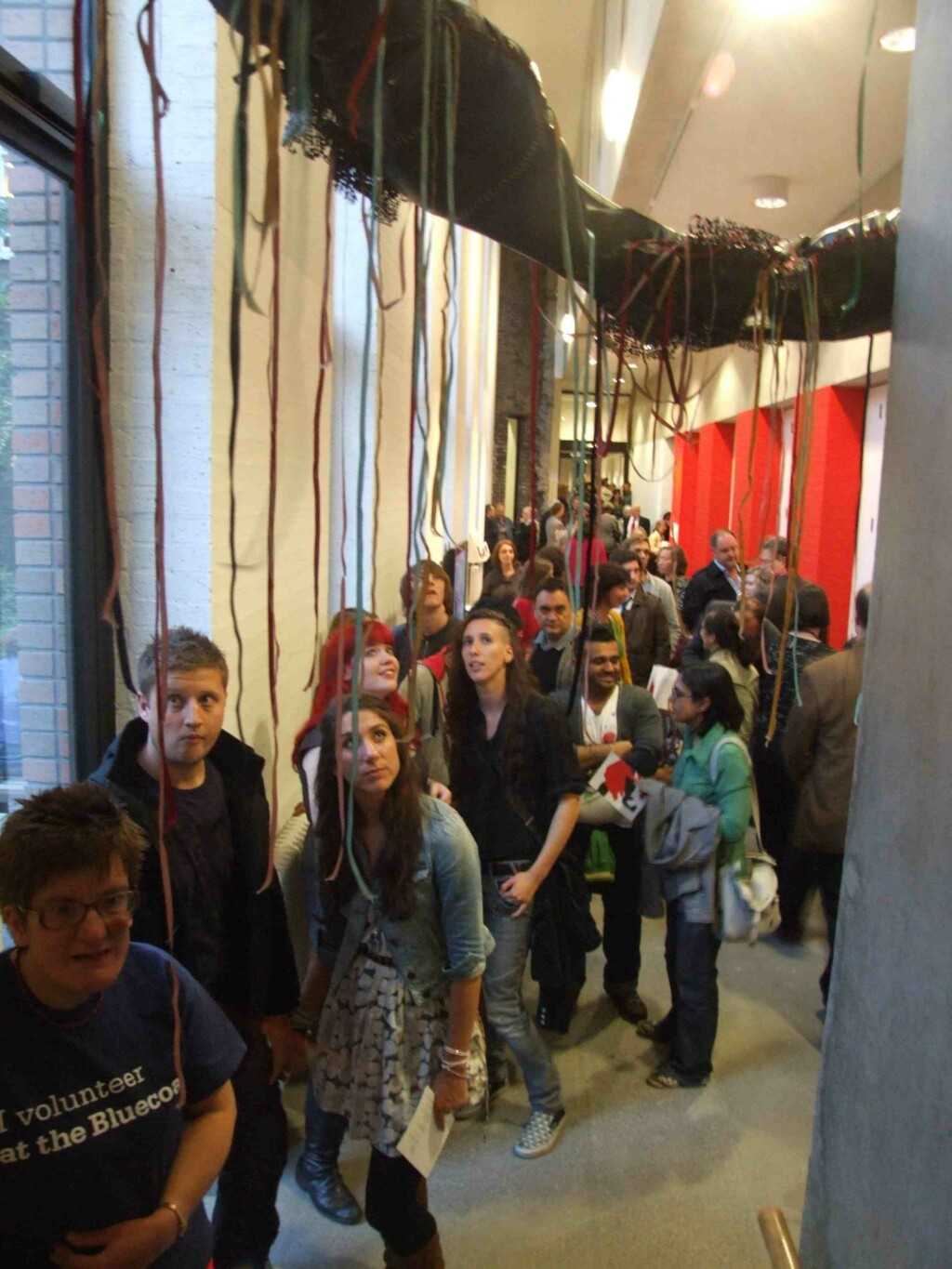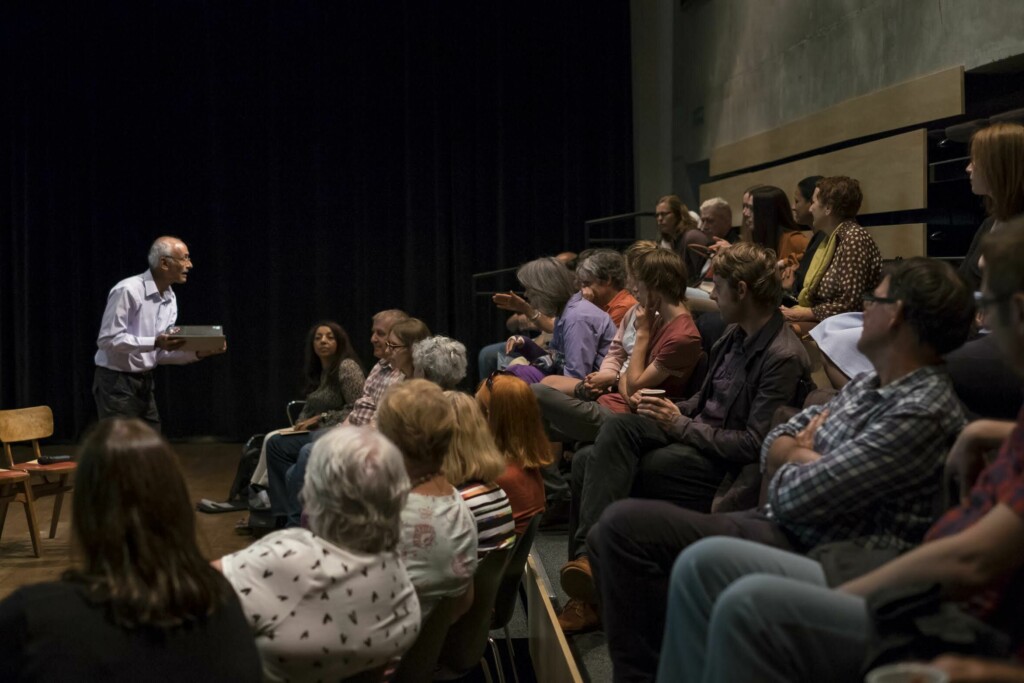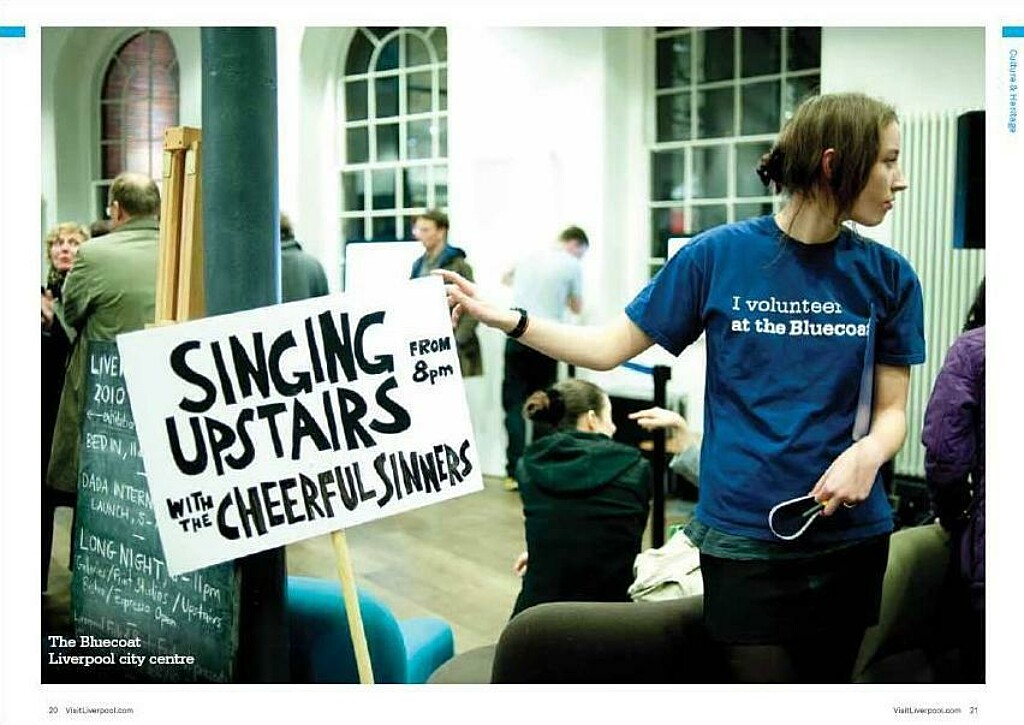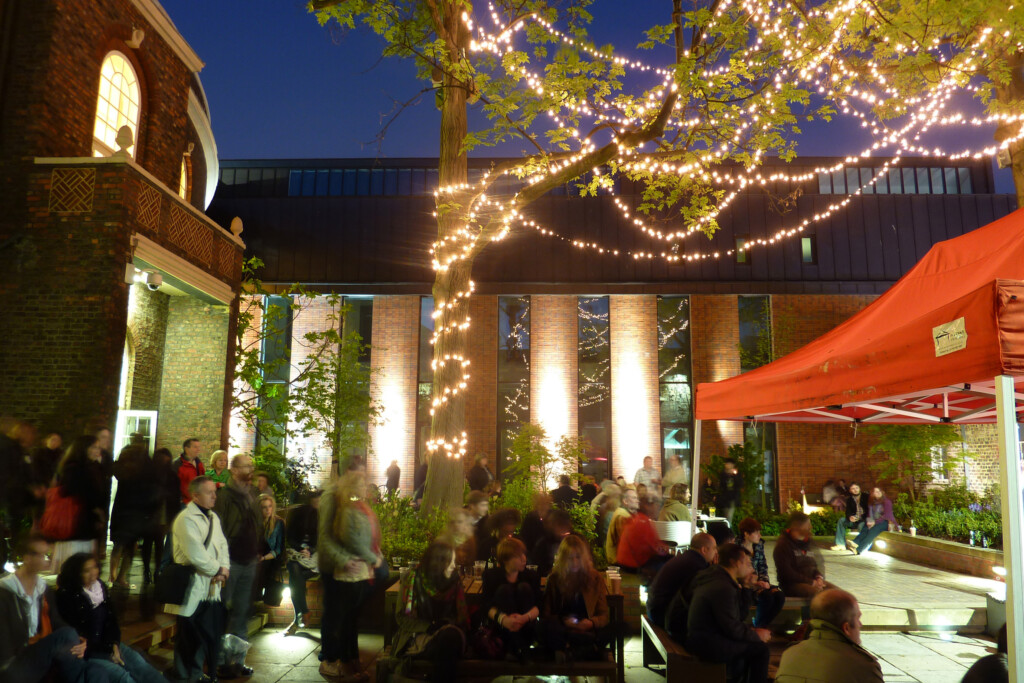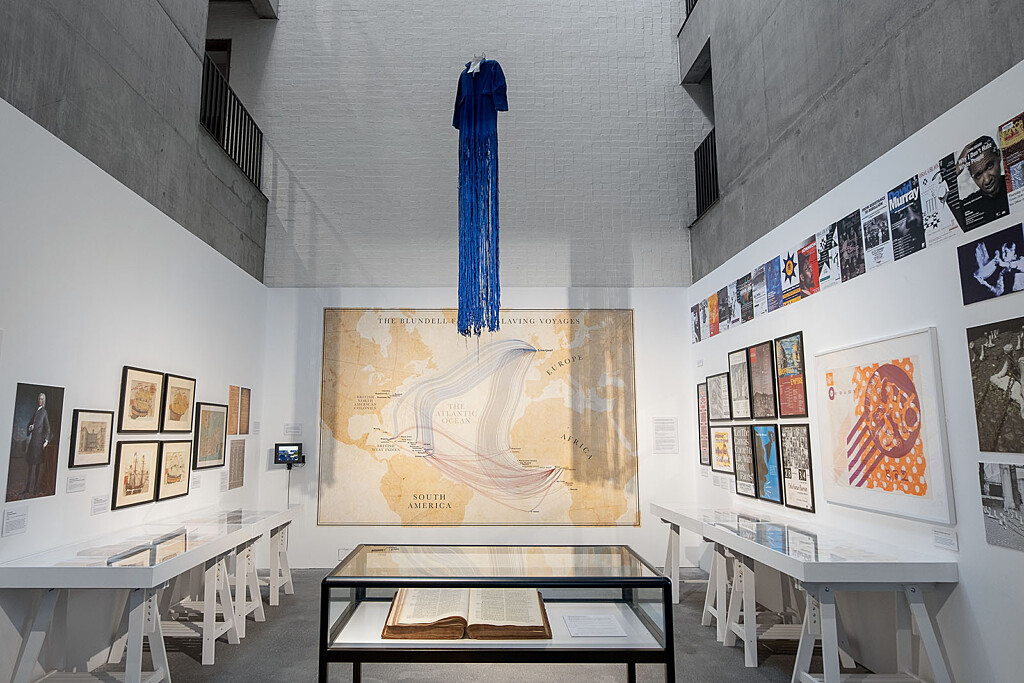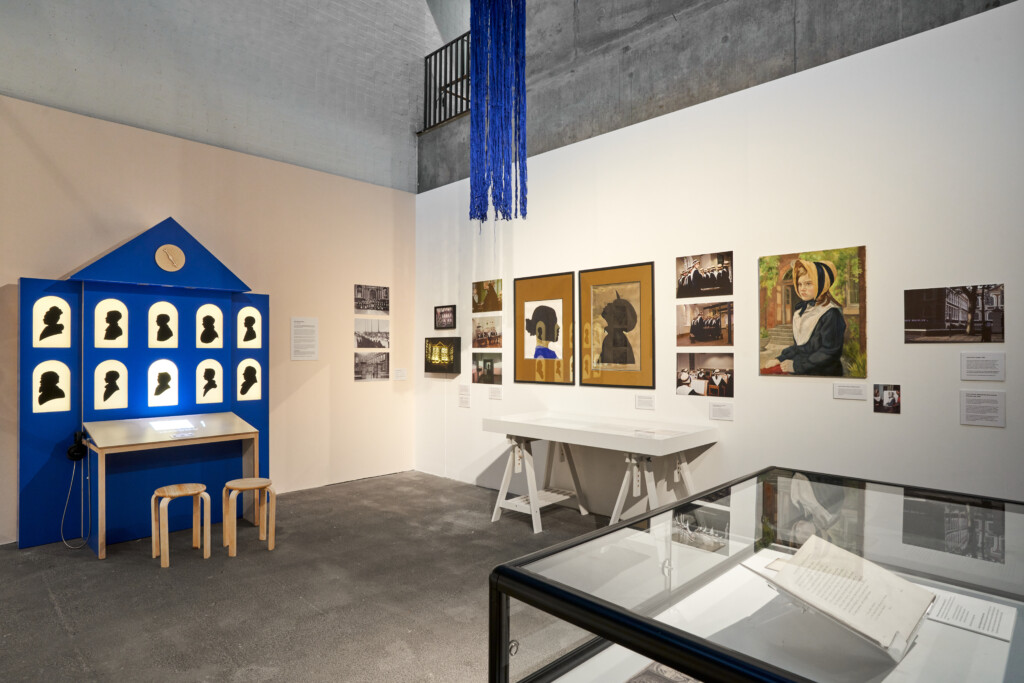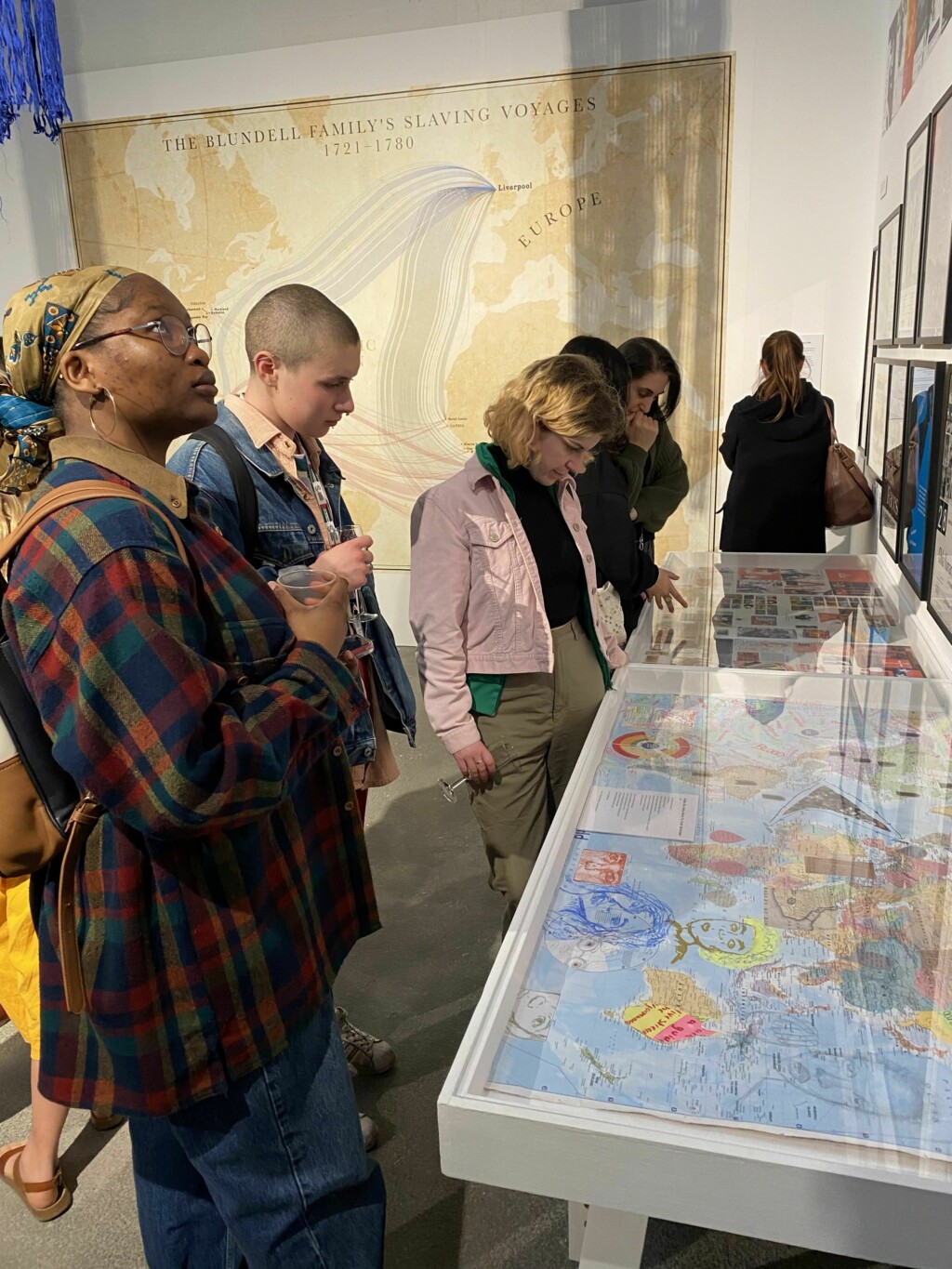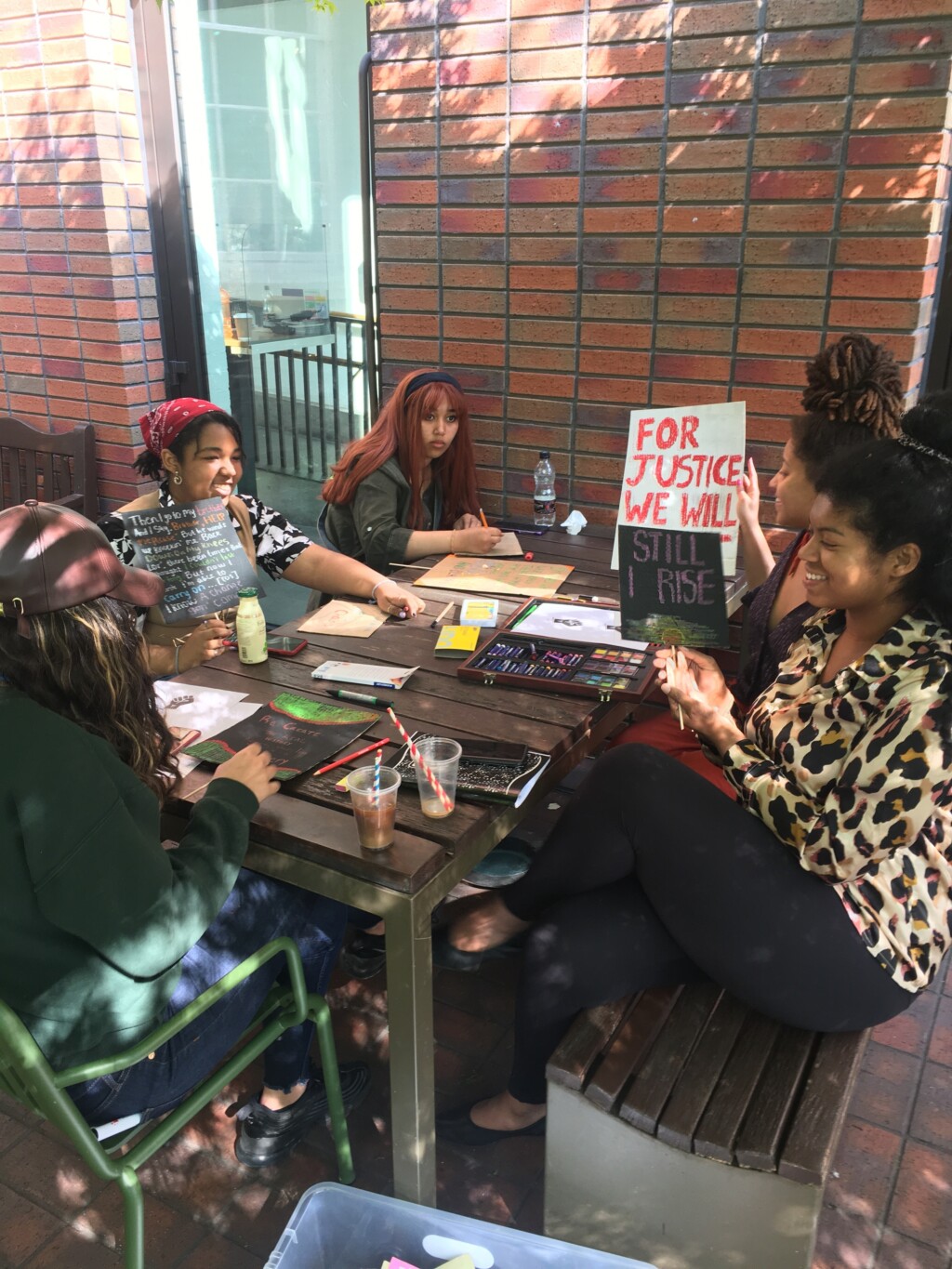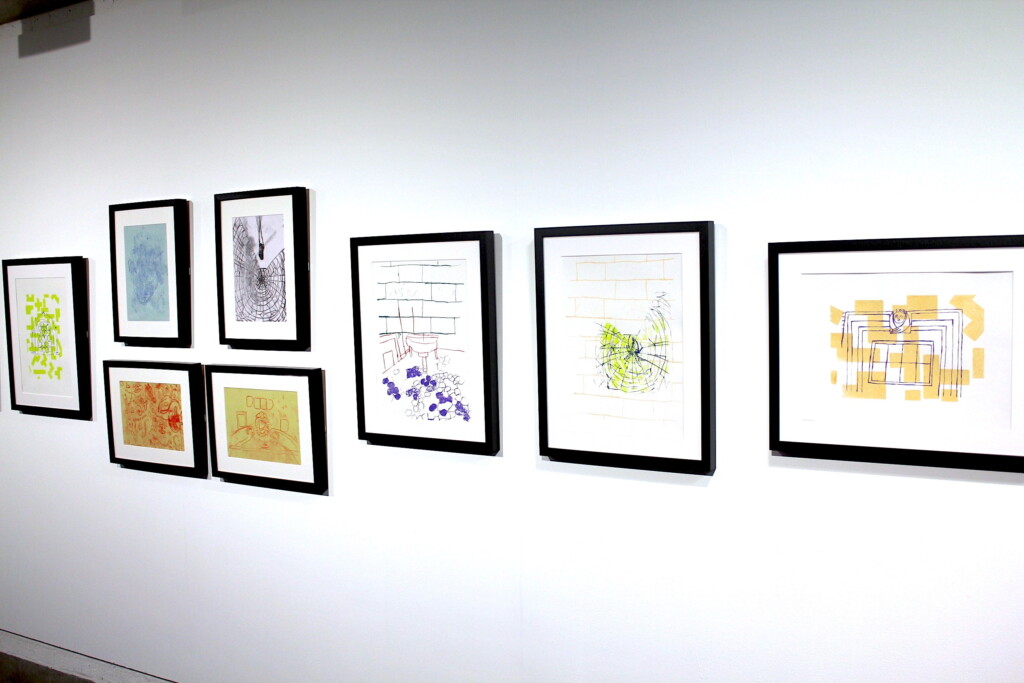As the National Lottery celebrates 30 years, the Bluecoat’s Director of Cultural Legacies Bryan Biggs looks at how its funding has made a difference to the arts centre during this period and helped consolidate and indeed enhance the building’s prominence within the cultural life of Liverpool.
A substantial capital grant from the Heritage Lottery Fund alongside funding from another Lottery distributor, Arts Council England and other regional and European grants, made possible the biggest structural change to the Bluecoat in over two hundred years. The building closed in 2005 for a major capital project: construction of a new arts wing, access improvements throughout, and restoration of the building’s Grade One listed fabric. This was a game-changer, making our much-loved but, by the turn of the new century, somewhat creaking facility fit for purpose.
When the building reopened in March 2008, the installation of three lifts, ramp modifications, rationalisation of floor levels, accessible spaces for meetings and events, improved office and studio accommodation, dramatic new exhibition galleries, a relandscaped garden, catering offer and reception area all contributed to making the new Bluecoat one of the highlights of Liverpool’s year as European Capital of Culture.
Our architects, Biq Architecten, from Rotterdam, working with local project architects Austin-Smith:Lord and Chester-based conservation specialists Donald Insall, won several awards for the harmonious integration of a bold contemporary new wing into Liverpool’s oldest city centre building. Lottery support for this ambitious scheme resulted in increased visitor numbers and a broader demographic, which in part was also the result of the neighbouring Liverpool 1 development that transformed the city’s retail core.
Since the capital development, the Bluecoat has been able to develop new relationships with audiences and adopt a more civic role in a changing city environment: our improved facilities, including a popular café and garden, meant that we were able to present exciting art in our new spaces, become a lively social hub at the heart of a rejuvenated city centre, and explore our heritage, inviting audiences to play an active role in this process. And it has been further Lottery support that has enabled us to develop this new dynamic.
In 2017 we celebrated the Bluecoat’s tercentenary with a year-long programme and a participation project called My Bluecoat, supported by the National Lottery Heritage Fund. Here, we worked with a team of volunteers to scan much of our archive in relation to the building’s 200 years as a school and its century as an arts centre, the UK’s first. This digitised material formed the basis for an online archive that has continued to grow and now constitutes a substantial library section of our website. The funding also supported the creation of a series of short films in which people, from studio tenants to volunteers, told their own Bluecoat stories, while a large tableau featuring these films, alongside a timeline of the building’s 300 years and archival images, continues today to provide a popular introduction to the building for visitors.
My Bluecoat demonstrated local people’s appetite for finding out about the heritage of our building and the potential for them to be actively involved in exploring its transition, over three centuries, from charity school to arts centre. In 2020 the National Lottery Heritage Fund supported another heritage participation project that dug deeper into our history. Echoes and Origins explored two themes from the Bluecoat’s foundation as a charity school for orphans in the early eighteenth century: looked after children and colonial legacies. The project overcame the challenges of Covid to engage three groups of local people in an innovative programme of workshops, conversations and research, culminating in a public programme of exhibitions, performances, publications, talks and digital content that recast the telling of Bluecoat’s story.
For the looked after children strand, ten 6-11-year-olds were enrolled through a local Kinship Carers group to collaborate with dance artist Paula Hampson, while a second group, recruited mostly from a women’s centre, worked with writer Margy McShane. Both of the looked after children groups found empathy with the experiences of the Blue Coat charity school children, articulating their unheard voices through, respectively, a live multimedia performance and a collection of poems.
The colonial legacies strand was a collaboration with young people from diverse backgrounds, representing Black and global majority communities and was coordinated in partnership with the Greenhouse Project in Liverpool 8. It interrogated the direct involvement in the transatlantic slave trade of Blue Coat’s co-founder and leading patron, Bryan Blundell, his four sons, and many other Liverpool merchants who supported the school.
Through a Bluecoat Collaborative Doctoral Award with the University of Liverpool, PhD student Michelle Girvan provided valuable input to both strands of the project, setting the school’s history in the context of philanthropy, patronage and charity and untangling the complex web of relationships between these and religion, colonial trade and social and political structures in Liverpool during the Georgian period. She provided research on the lives of the children as well as how the school’s patrons reinvested their wealth, generated from the trafficking of enslaved African people and the indirect trade in plantation-produced goods, in the Blue Coat, highlighting the uncomfortable contradictions between philanthropy and exploitation.
Echoes and Origins had a measurable impact on participants. According to Greenhouse staff, the experience was empowering for their young people, ‘expanding their mindsets … and vocabulary and connecting people through stories and ancestry’ while sparking conversations in their homes. The galvanising response of Black Lives Matter following the police murder of George Floyd in the US resonated during the period of the workshops, bringing greater urgency to the project and helping — as emphasised by the Greenhouse Project young people’s facilitator, Stephen Nze — to empower the young participants to speak out, as they connected the Bluecoat’s colonial legacies to their own lived experience. One of them, Nia Mensah, aged 15, wrote a powerful poem that included these lines expressing her future hopes:
"To rise in reparation from the rubble
Believing in our value, our meaning
Owning our identity and communally healing"
According to the strand’s project facilitator Tavia Panton, by gaining skills in research as well as greater confidence in telling the story of the building and presenting their work in public, the young participants ‘felt they had representation in the space.’ For Janaya Pickett, facilitator of the looked after children strand, the project ‘gave direct access to history, rather than it being filtered or owned by academia, for people who don’t usually feel included’, which helped to create a sense of their own history.
The impact of Echoes and Origins is still being felt, with documentation of the project on our website attracting increasing interest and elements from the two exhibitions that concluded each strand repurposed for more permanent display in our public areas. Complementing and diversifying our interpretation of the building for visitors, the new voices and perspectives reflected constitute an important step towards decolonising the Bluecoat’s history. Reflecting on the project, we felt we needed to research and test ways to further embed the heritage of the Bluecoat in our work through participatory and other programmes that are meaningful for local people in the telling of Liverpool’s story as a global port. We also wanted to see how our ‘cultural legacies’ might contribute to greater sustainability for the arts centre, including through partnerships and income-generating activities.
In 2023 we therefore applied for a Heritage Fund ‘resilience’ grant to do this. We were successful and the project, The Bluecoat: A cultural heritage for Liverpool that we are currently in the middle of delivering, comprises five strands of work looking at audiences, finding out what they are interested in that relates to the Bluecoat’s heritage; our archive and how to manage, develop and make it more accessible; a commercial strategy, testing an online shop for a range of Bluecoat merchandising; future programme development through workshops with young people and consultation with a range of curators, researchers and academics; and scoping our public areas to come up with ideas to make the Bluecoat more porous and reveal more of its physical heritage.
Through all these projects – involving capital work, participation projects, research and development – the support we have received from the Lottery has been absolutely vital, a game-changer not just for our organisation but for the many volunteers, creative practitioners, researchers, participants, partners and audiences who have come with us on this journey.
